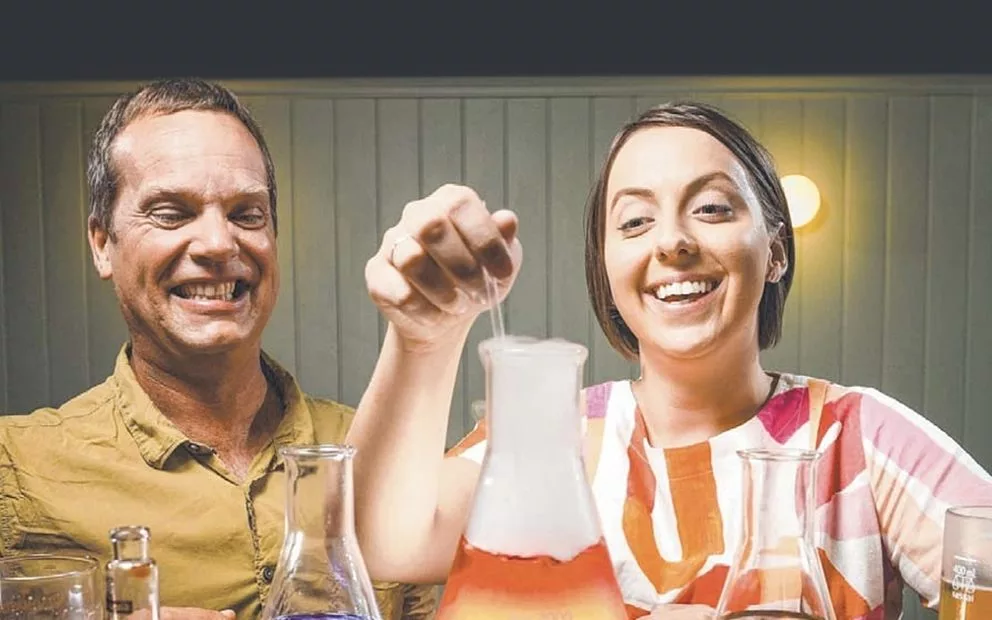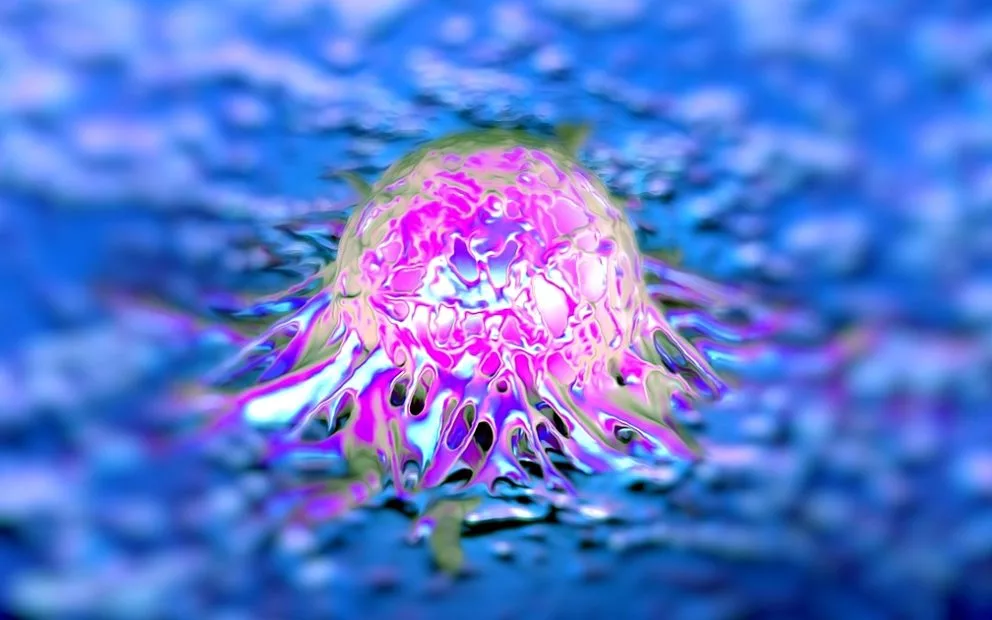An innovative collaboration between researchers from SAHMRI and the University of Adelaide might enable a reduction in the frequency of invasive colonoscopies for people affected by inflammatory bowel disease (IBD).
The research, published in the Journal of Nuclear Medicine, concludes that scanning of radiolabelled antibodies for inflammation is a fast, accurate and non-invasive way to diagnose and monitor IBD. The research used animal models, with the team aiming to progress to human trials in the near future.
The project’s lead author, PhD student Nicole Dmochowska, says IBD diagnosis currently involves a combination of blood and stool tests, imaging and colonoscopy.
“Colonoscopy is an invasive examination where a long flexible tube is inserted into the colon to directly visualise inflammation,” Ms Dmochowska said.
“The preparation requires the patient to drink two or three litres of a fairly unpalatable liquid that empties the bowel, which itself can be a pretty uncomfortable process.
“If the bowel isn’t fully prepared the patient might need an enema, or the colonoscopy may need to be repeated.”
The new procedure developed by the research team involves a single injection of a radioactive marker to highlight bowel inflammation on a PET scan. No bowel preparation is needed, and inflammation can be monitored in real-time.
Professor Jane Andrews, the Head of IBD at the Royal Adelaide Hospital, has welcomed the findings.
“This work has the potential to transform the way we diagnose and monitor IBD,” she said.
“Modern IBD treatment focusses on tighter control of the disease to prevent complications and normalise quality of life for our patients. So easier, less invasive ways to monitor disease activity and the success of therapy are always welcomed, by clinicians and patients.”
The research group’s leader, Dr Patrick Hughes, says the project was born out of a chance conversation during a SAHMRI social function.
“I was chatting to Prab Takhar, the head of SAHMRI’s Molecular Imaging and Therapy Research Unit, and we began brainstorming ways we could work together,” he said.
“It’s one of the beauties of SAHMRI that there’s this cross-pollination of researchers from different disciplines who wouldn’t usually collaborate.
“Not to mention the equipment we have available. Very few researchers anywhere else in the world have access to a cyclotron to provide radioactive materials for research.”
Dr Hughes says his team is now translating its work into precision medicine approaches for diagnosing and treating IBD with fewer side effects.
“Having the Royal Adelaide Hospital with its large, well-established IBD service right next door to SAHMRI is a huge bonus,” he said.
“That proximity enables true collaboration between us researchers and clinicians like Professor Andrews, which paves the way for translational care and ultimately better outcomes for patients.”


